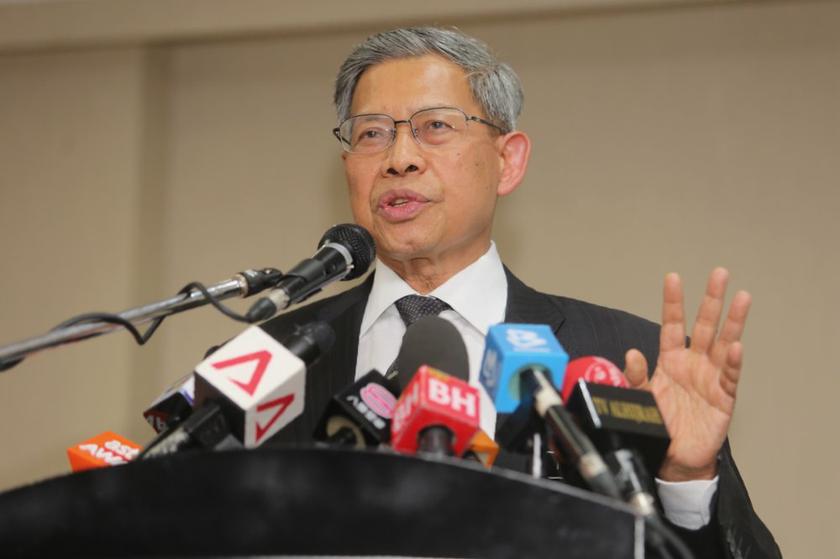KUALA LUMPUR, Jan 20 — Malaysia announced today a series of fresh incentives to attract more foreign and domestic producers of energy efficient vehicles (EEV) and hybrid cars, hoping to restore the country’s status as Southeast Asia’s automotive hub.
International Trade and Industry Minister Datuk Seri Mustapa Mohamed, in unveiling the country’s revised National Automotive Police (NAP) 2014 here, said by removing certain conditions for manufacturing licences, Putrajaya hopes to turn the local car market into an EEV hub.
The minister declined to state the exact targeted amount of investment that the government was aiming for, but said it hopes for a figure higher than 2012’s recorded figure of RM5 billion for EEVs.
In comparing Malaysia’s new policy for EEV production against rivals Thailand and Indonesia’s existing policies, Mustapa said investors will enjoy lower taxes and would not face any investment conditions.
“No investment conditions, no equity conditions, no number of units you got to produce,” he said when unveiling the NAP 2014.
He later said that the government was in talks with a few car manufacturers over the new EEV scheme but declined to name them, later saying that it was aiming at pulling in three to four companies by 2018.
Putrajaya will also be offering RM2 billion in financial aid for EEV manufacturers over the next six years, with RM 1.89 billion as soft loan and RM175 million in grants for human capital and Bumiputera development.
The government is also set to extend the exemption of excise tax and import tax for locally-assembled hybrid cars and electric vehicles until December 31, 2015 and December 31, 2017 respectively.
While saying that the government previously froze the issuing of manufacturing licences for vehicles with engines at 1.8 litres capacity or below, Mustapa said it would now be open to companies that locally assemble EEVs.
As part of the NAP, Mustapa said the government was targeting an addition of 150,000 jobs in the automotive sector by 2020, as well as the ramping up of the export of passenger cars from around 20,000 units last year to 250,000 units in six years’ time.
By 2020, the government is also aiming to double its total production volume for passenger cars from last year’s rough figure of 0.57 million units to 1.25 million units.
It also wants to produce 100,000 units of commercial vehicles and 800,000 units of motorcycles by 2020.



















